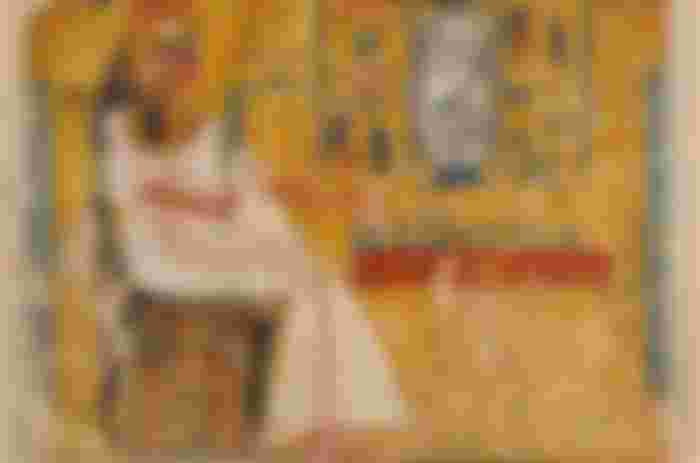The ancient Egyptians were fans of board games, one of which was the senate. However, for them, it was not just an object for fun ...

The ancient Egyptians were passionate fans of games, as evidenced by the preserved paintings from the 3300-year-old tomb of Queen Nefertari, which depicts her playing the popular game of senet with an invisible opponent.
The Senate, reminiscent of chess, was initially a favorite game at leisure. But, during almost two millennia, it grew into a game related to the afterlife, that is. life after life, which is played on a board that represents that life. Although it is probably not the first board game in the world, it is one of those that became a complete hit: it is assumed that it was enjoyed by all classes of Egyptian society about 5,000 years ago, and they played it with the same passion 2,500 years later. Today, centuries after the ancient Egyptians, a new look at the senate in a California museum can reveal when this dramatic transformation took place.
Namely, until about 4300 years ago, there was no doubt that the senate was a pastime. And then the ancient Egyptians began to paint the dead on the tombs playing the senate with their living friends or relatives. Texts from that time show that the game was then seen as a form of communication between the two worlds.
During the next millennium, the texts described the senate as a game that follows the movement of the soul through the Egyptian kingdom of the dead or Duat, further towards the afterlife. Over time, the game itself changed, so hieroglyphic birds were added, which symbolized souls for the Egyptians.
The senate board at the Rosicrucian Museum in Egypt, in San Diego, California, can show the earliest stages of this redesign. The board lacks hieroglyphs that symbolize the soul, but the square under number 27 - which bore the letter X on the old board - now bears the hieroglyphic mark for water. Archaeologists believe that this represents a lake or river that the Egyptians believed was on the path of the soul through Dust.
"This may be one of the first times that this aspect of the journey through the afterlife is visually displayed on the board," explains Walter Christ, an archaeologist at the University of Maastricht, who describes the California board in The Journal of Egyptian Archeology.
By the way, the age and archeological context of this plaque are insufficiently known - it is possible that the plaque was bought at an antiques fair in the 19th century. Its appearance is interesting: the starting position or start is in the place that is usual for the end or finish. Experts claim that this was common in the period in history known as the Middle Kingdom, from 4000 to 3700 years ago, and that the tablet itself is about 3500 years old.

For Published a beautiful and Good written....